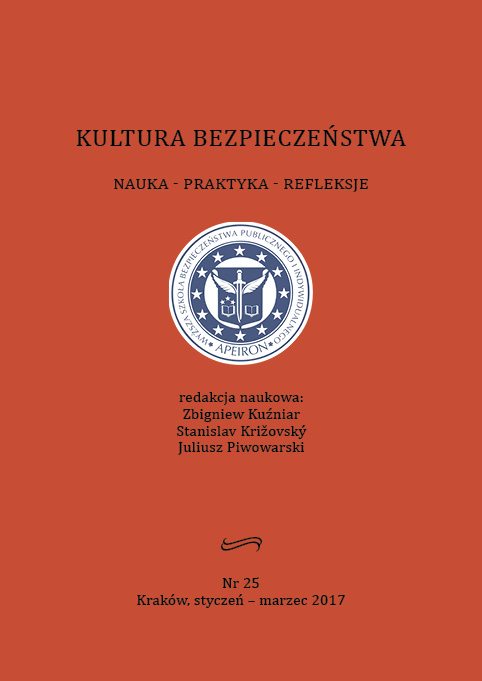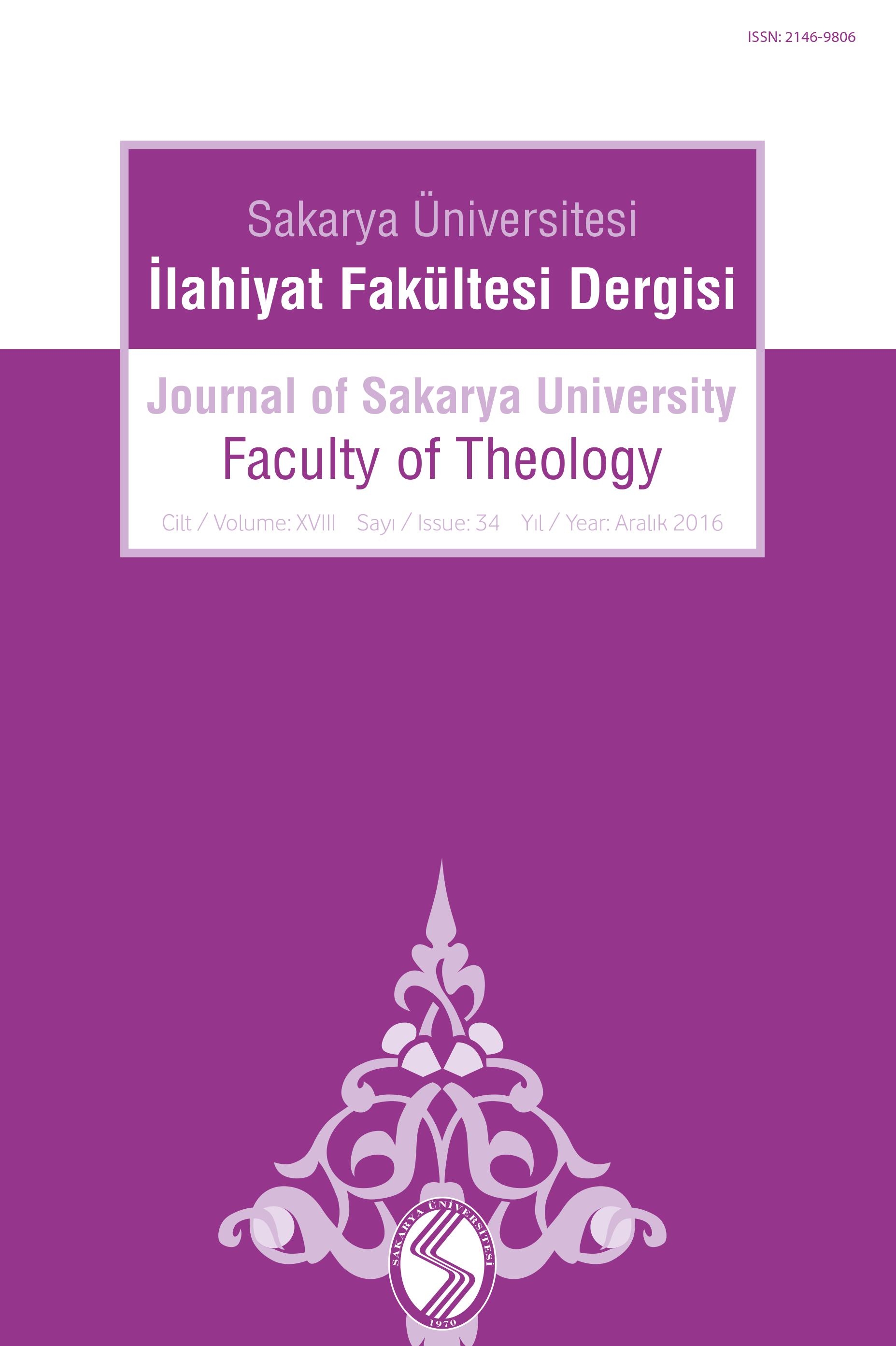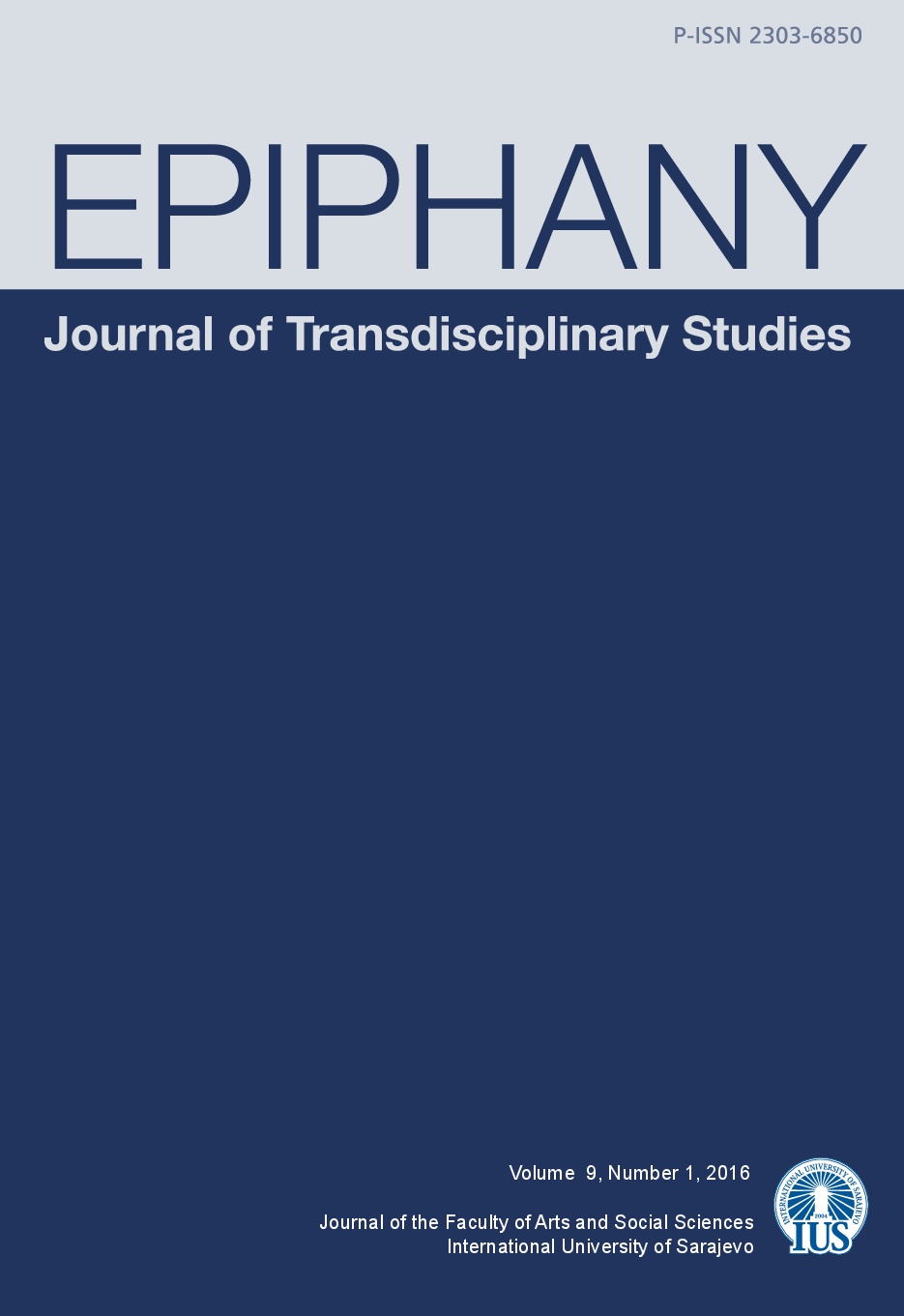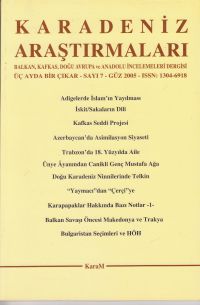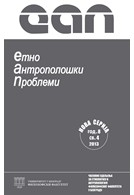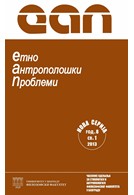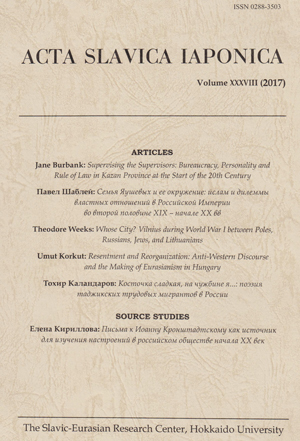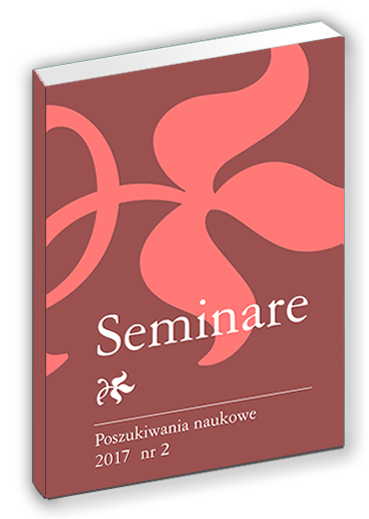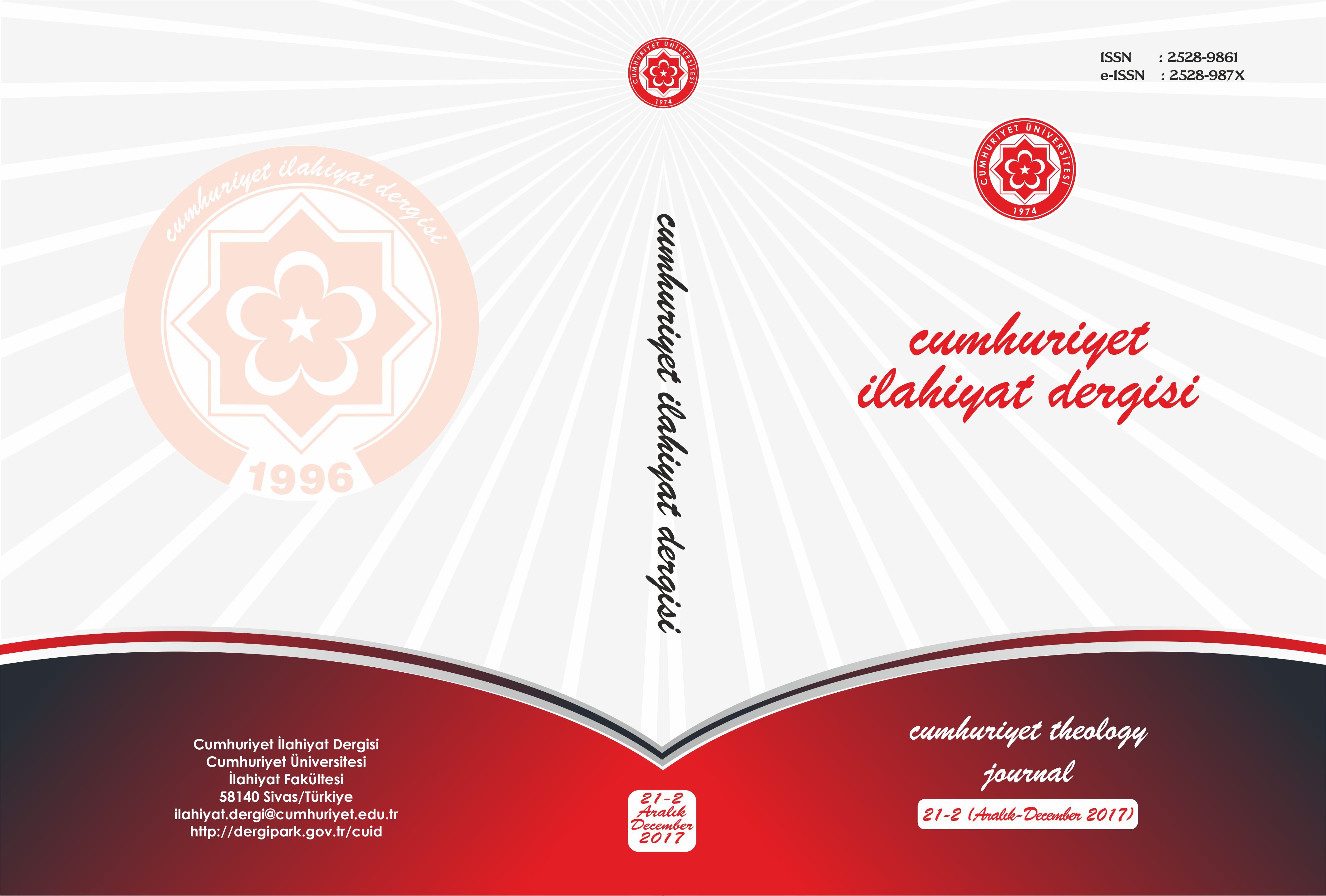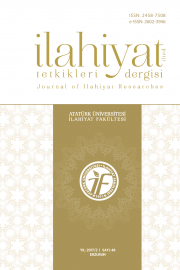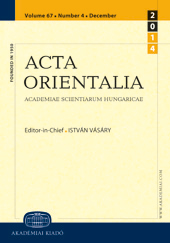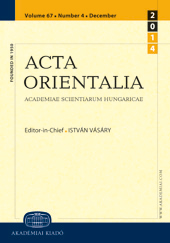Author(s): / Language(s): English
Issue: 2/2017
This study aims to discuss the basic argument that sociology, as a science, emerged as an intellectual response to the lost sense of community during social and cultural changes. This argument carries the assumption that the dominating metaphors and perspectives of classical sociology are informed by conservatism. In sociology, this claim is supported by (both) well-known and ambivalent theoretical structures that are developed to explain the process of social change. This study aims to make a criticism of nostalgic sociology considering the idea that the fundamental assumptions of the ambivalent theoretical structure in sociology are nostalgic. In addition, this study also aims to critically read the historical development of Islamism, one of the modern ideologies, with nostalgia and utopia. The suggestion of the article is that either classical sociology or Islamism –two subject appear differently in terms of their topics- gave similar intellectual reactions about the subject that they are unable to cope with ‘the present’ and produce a ‘golden age’ discourse as a solution to ‘the present’. The argument of the study is that either the effort of idealizing ‘the past’ in classical sociology or the myth of coming back home in Islamism against cultural alienation and sense of loss which are lived in ‘the present’ are actually determined by sovereign modernity paradigm.
Summary: Behind the nostalgic paradigm, there is a rebuilt history that is shaped as a transition from feudalism to capitalism. In this history, the decline of feudalism corresponds to the loss of rural community, the loss of personal expressionism and the loss of unregulated society. In classical sociology, the heritage left by the solution of this historical reconstruction of society has become common. The anomaly of the modern world is precisely where the modern society from traditional society has emerged in the pathological state created by the loss of social ties with the passing. This pathological condition was first seen in Swiss mercenaries serving away from home, diagnosing nostalgia as a diagnosis of discomfort. We know that Johannes Hofer, who has a sense of humor, has not written any prescription for this disease, which gives some common signs with his melancholy.
Sociology, shaped by three different intellectual movements as intellectual responses to the French and Industrial revolutions that allow the transformation of the European society, has taken its place as its focal point, and in the pioneering names, this change is "a change in everything at a dizzying pace, everything that has happened has evaporated and the glory of the world has deteriorated.” Modernity, which refers to the ideals of enlightenment, is blessed not to progress by nature, fluid, rational, contingent, lacking certainty. In fact, this blessing has brought with it the enemy of tradition to the 'new' with reference to its etymological origin. This sophisticated and complex structure unique to modernity only, has inspired some thinkers to conceive of an idealized past or future that is now determinative. Both of these ideas are moderators. The nostalgia becomes modern because of the longing for a home that no longer exists or has never existed. Nostalgia is coeval with modernity.
The article refers to Stauth-Turner's nostalgic paradigm, which provides the meta-phasic and meta-phase dominance of classical sociology detailed in Nietzsche's Dance. This paradigm consists of four main components. The first is that the history that we can summarize as a departure from the golden age when the world was a nest for man is seen as a decline and a loss. History is a history of sorrow and despair, as this decline will continue to exacerbate in the future. The example of such a feeling of grief in society theory is Weber's fate sociology. Because, according to Weber, whatever is waiting for us in the future is the polar night of the icy darkness, not the sunlight of summer.
The second component of the nostalgic paradigm is the sense of secularization, together with the loss of integrity and moral certainty. This nostalgic trajectory is a very powerful secularization that emphasizes that such devastating social processes as urbanization, capitalist industrialization and the rationalization of everyday life, such as the diversity and complexity of social structure, the spread of scientific knowledge, urbanization with increasing population ratio, it brings forward its theory. With the announcement of the death of God, the gate of a competing and conflicting world has been opened, from which we have been transformed into a very godlike world. It is possible to observe a similar point of view in classical sociology in Durkheim, which has a theoretical basis for the transformation of social structures through professional distinction in the form of mechanical and organic solidarity. Durkheim analyzes social change in a deliberate way, and pre-change stake favors moral coherence. Moral coherence is now lost when collective consciousness is generally weakened in the post-change phase.
The third trajectory we encounter in the nostalgic paradigm is the loss of individual autonomy and the decline of genuine social relations. With the loss of the moral unity, the individual has been caught under the domination of the bureaucratic state, in macro-social processes and institutions. It is inevitable that the individual who lost his autonomy is subject to the denial. The increasing exposure of the individual to social bureaucratic associations has been conceptualized by the iron cage metaphor in Weberian sociology. The enlightenment is the result of the panoptic collection of prison. So there is a nostalgic stance in this compound of the nostalgic paradigm that autonomy-ben lost because of the fall of the bureaucratic world under the domination of the modern state.
In the nostalgic paradigm, the ultimate component is the feeling of laxity, spontaneity and loss of naturalness. Here, the individual is subject to not only macro-social processes but also micro-ethics. That is, it is understood that Adorno's "managed society" or Foucault's notion of closure prevents the individual's true emotions and enthusiasm, and that the consumer culture is preoccupied with certain preconceived ways of doing in a world dominated. To sum up, the metaphor of nostalgia that we are living in a world where we have been seized by administrative rules of a central state in a way that has lost the moral certainty and autonomy of the individual.
The return to home, which is found in a significant part of the texts and practices put forward in the name of Islamism, has reached a deterministic attitude just as it was in classical sociology. In the nostalgic imagination where those who cannot cope with it are thought of as a safe harbor, there is a certain attitude towards deterministic ideologists that simplify, sanctify, and therefore falsify. Indeed, the imagination of a supra-historical, supra-community model for a time like the Golden Age discourse and for all time is itself history from the very beginning to the end. Therefore, it is a manifestation of a major historical process and the ideological design of sociality. The rhetoric discourse presented as a remedy in the present is possible with an anachronistic point of view which idealizes the past, and therefore the reality is distorted. The authentic one is extremely informal. This kind of discourse of authenticity, which is produced as opposed to the modernity that all that is solid melts into air, eventually has to make iron cages around it. As a result, the nostalgic rhetoric, which aims to be a modern chivalrous remedy that everything changes at a dizzying pace, has been determined by the paradigm of modernity, thanks to its self-reflexive nature which contains the opposite.
More...
